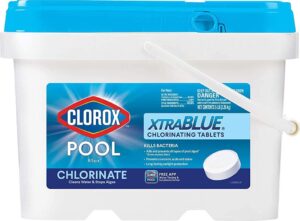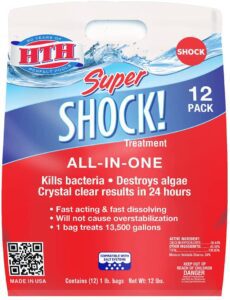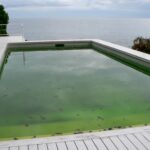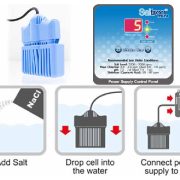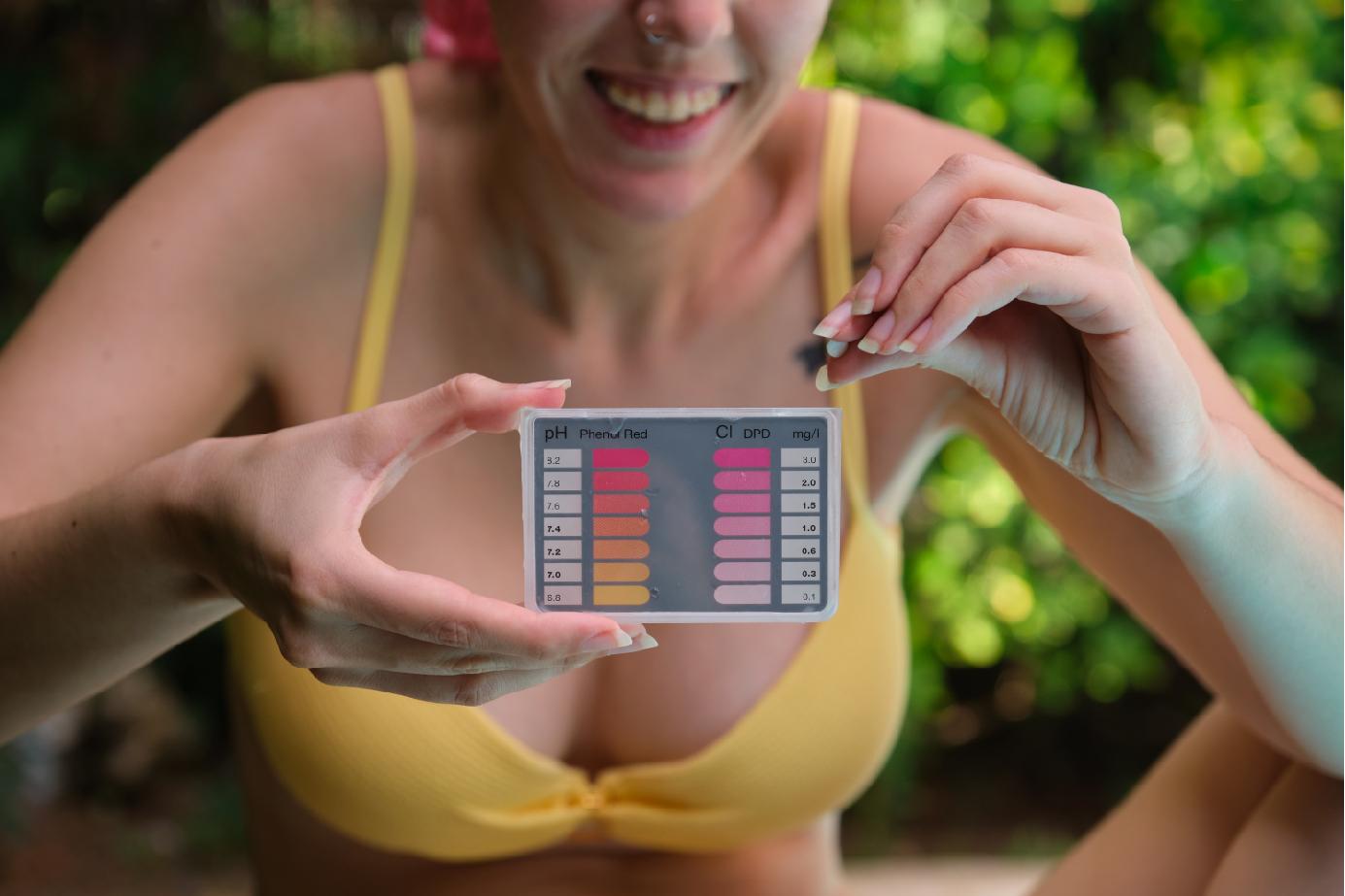
An AI Guide to Adding Chlorine and Shocking Your Swimming Pool
Chlorine plays a vital role in maintaining the cleanliness and safety of your swimming pool by eliminating harmful bacteria, algae, and other contaminants. This article provides a step-by-step guide on adding chlorine to your pool, testing the water, and shocking the pool to ensure a clean and enjoyable swimming experience.
Testing Your Pool Water
Before adding chlorine to your pool, it’s essential to test the water to determine the current chlorine levels and other chemical parameters. Use a reliable test kit or test strips to measure the following:
Free Chlorine: 2 to 4 ppm (parts per million)
pH: 7.4 to 7.6
Total Alkalinity: 80 to 120 ppm
Calcium Hardness: 200 to 400 ppm
Cyanuric Acid (for outdoor pools): 30 to 50 ppm
Test the water at least twice a week to ensure the chemical levels remain within the recommended ranges.
Adding Chlorine to Your Pool
Chlorine is available in various forms, including liquid, granular, and tablet. Follow the manufacturer’s instructions for the appropriate dosage based on your pool’s volume and the current chlorine levels. Here are some general guidelines for each form:
Liquid Chlorine: Pour the recommended amount of liquid chlorine directly into the pool water, preferably near the return jets for better distribution. Use a clean and dedicated container for measuring and pouring.
Granular Chlorine: Pre-dissolve the granules in a bucket of water before adding the solution to the pool. Pour the mixture around the perimeter of the pool, ensuring even distribution.
Chlorine Tablets: Place the required number of tablets in a floating dispenser or an automatic chlorinator, following the manufacturer’s guidelines. Do not add tablets directly to the skimmer, as this can cause damage to your pool equipment.
Circulating the Water
Run your pool’s pump and filter system for at least 8 to 12 hours per day to ensure proper circulation and distribution of the chlorine. This will help maintain consistent chlorine levels and promote overall water quality.
Shocking Your Swimming Pool
Shocking your pool involves adding a high dose of chlorine to eliminate contaminants and restore water clarity. Perform this process at least once every 1-2 weeks, or more frequently if the pool has heavy use, after heavy rainfall, or if you notice water quality issues. Follow these steps to shock your pool:
Test the water and adjust the pH to between 7.2 and 7.4, if necessary.
Wait until evening or dusk to shock the pool, as sunlight can break down the chlorine more quickly.
Measure the appropriate amount of pool shock product (either chlorine or non-chlorine) based on the manufacturer’s instructions and your pool’s volume.
Pre-dissolve granular shock in a bucket of water before adding it to the pool. Pour the solution evenly around the pool’s perimeter.
For liquid shock, pour the recommended amount directly into the pool near the return jets.
Run the pump and filter for at least 24 hours to ensure thorough circulation and distribution of the shock treatment.
Test the water again before swimming. The free chlorine level should be below 5 ppm before it is safe to swim.
Adding chlorine and shocking your swimming pool are crucial steps in maintaining a clean, safe, and enjoyable swimming environment. Regular testing, proper dosage, and adherence to the recommended guidelines will help ensure your pool remains in optimal condition throughout the swimming season.

